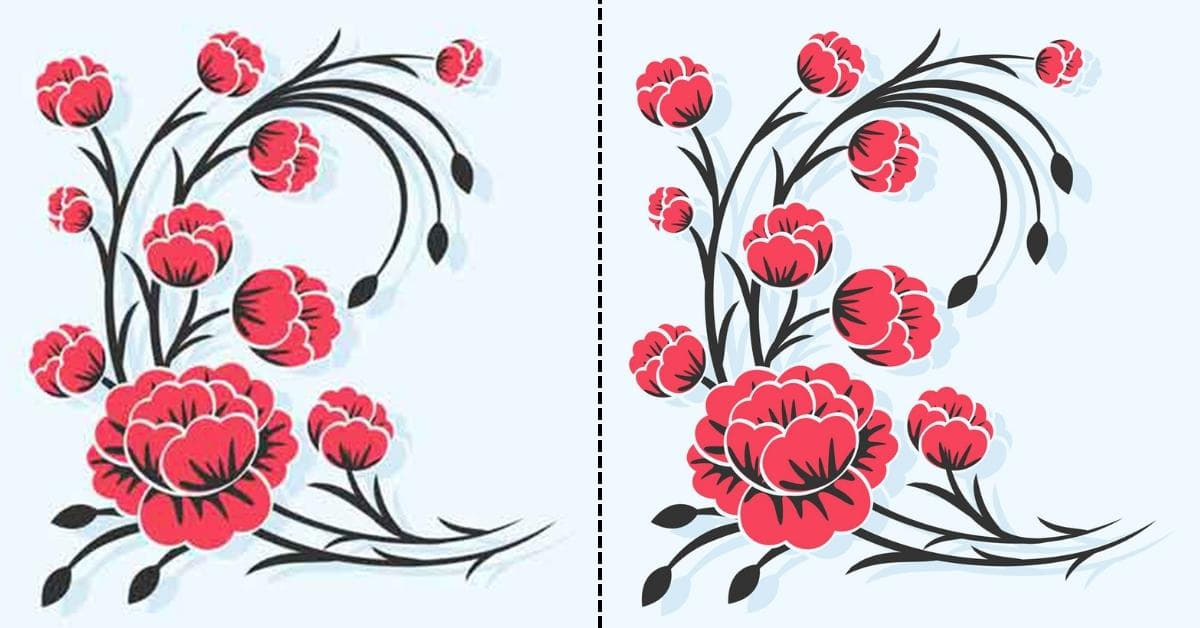Converting raster images to vector graphics is a common practice in the world of design and digital art. It allows you to take pixel-based images and transform them into scalable, editable, and versatile vector formats. But what happens when you convert raster to vector, and why is it so important? In this article, we’ll delve into the intricacies of raster-to-vector conversion, shedding light on the transformation process and its significance in various creative fields.
What Is Raster and Vector?
Before we dive into what happens when you convert raster to vector, it’s essential to understand the fundamental differences between raster and vector images.
Raster Images:
- Raster images are composed of pixels, each containing a specific color value.
- Common file formats for raster images include JPEG, PNG, and GIF.
- Raster images are resolution-dependent, meaning they can become pixelated when scaled up.
Vector Graphics:
- Vector graphics, on the other hand, are based on mathematical equations that define lines, curves, and shapes.
- Common file formats for vector graphics include SVG, AI, and EPS.
- Vector graphics are resolution-independent, making them ideal for scalability.
The Raster to Vector Conversion Process:
When you convert a raster image to a vector graphic, several transformations occur:
- Tracing: The first step involves tracing the outlines and details of the raster image using vector shapes. This can be done manually or through automated tracing tools, depending on the complexity of the image.
- Color Separation: The colors in a raster image are often organized as pixels, whereas in vector graphics, they are separate elements. During the conversion process, colors are separated into distinct vector shapes.
- Simplification: Vectorization may also involve simplifying complex details from the original raster image. This helps reduce file size and makes the graphic more manageable.
- Scalability: Once the image is converted, it can be scaled to any size without loss of quality. This is a key advantage of vector graphics.
- Image Editing: Vector images are highly editable. You can easily change colors, shapes, and other attributes without losing quality.
Why Convert Raster to Vector?
The conversion of raster to vector has numerous advantages:
- Scalability: Vector graphics can be resized without loss of quality, making them perfect for logos, illustrations, and designs intended for various media.
- Editing Flexibility: Vector images are highly editable. You can easily modify elements, change colors, and adapt the graphic to different contexts.
- Print and Web Compatibility: Vector graphics are suitable for both print and web applications, ensuring your design looks great everywhere.
- Smaller File Sizes: Vector files tend to be smaller in size compared to their raster counterparts, which can be beneficial for storage and web loading times.
- Precise Output: Vector graphics guarantee high precision and sharp lines, ideal for professional and detailed artwork.
FAQs
Q1: Can any raster image be converted into a vector?
A1: In theory, yes. However, the quality of the final vector graphic depends on the complexity and quality of the original raster image.
Q2: Are there any limitations to raster-to-vector conversion?
A2: Some complex textures or intricate details may not convert perfectly, requiring manual adjustments in such cases.
Q3: What software can be used for raster-to-vector conversion?
A3: Popular software options include Adobe Illustrator, CorelDRAW, and Inkscape. These tools offer both automated and manual tracing options.
Q4: What’s the difference between manual tracing and automated tracing?
A4: Manual tracing involves manually drawing vector shapes over the raster image, offering more control and precision. Automated tracing, on the other hand, uses algorithms to convert the image, which can be quicker but may result in less accuracy.
Q5: Are there any copyright issues when converting raster images to vectors?
A5: Converting an image to vector format doesn’t affect its copyright status. You should always respect copyright laws and usage rights.
Conclusion
Converting raster to vector is a crucial step in achieving scalable, versatile, and professional-looking graphics. Understanding the process and its benefits empowers designers and artists to make the most of their creative projects. With the right software and techniques, anyone can harness the power of vector graphics for stunning, high-quality designs.
This page was last edited on 22 February 2024, at 5:40 pm
